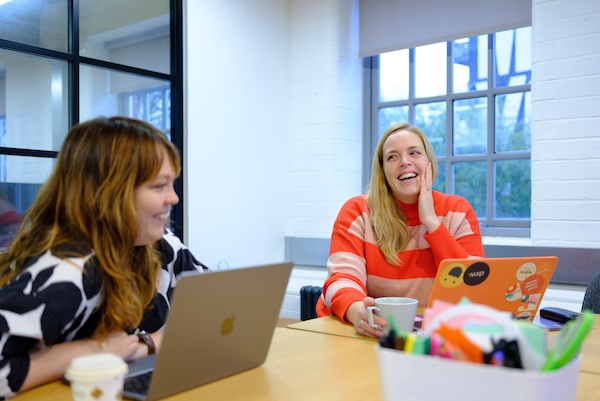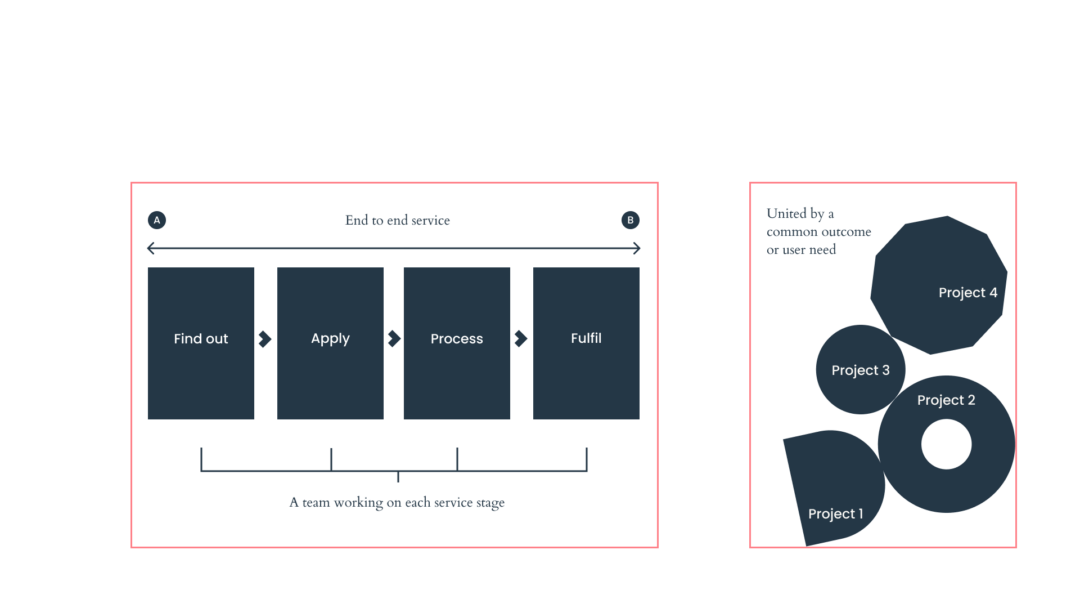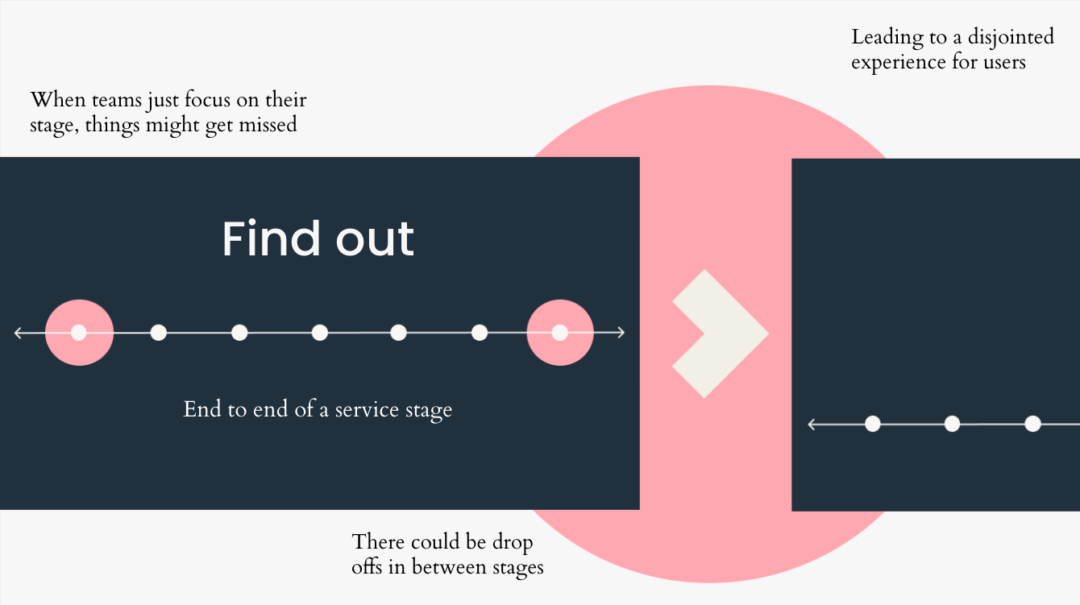Designing services at scale

Effective service design at scale is more about mindset than methods
In September, we shared our observations on designing and delivering services at scale at Service Design in Government in Edinburgh. We talked about the risks and opportunities offered by different approaches to managing large portfolios of products and services. We also discussed some of the strategies that have been effective with our projects, and that have ultimately brought greater efficiencies and improved the lives of people engaging with those services.
What we mean by scale
Here’s what we mean by scale:
- national policies that have a long term impact
- services that are used nationally, across several regions or UK-wide
- large programmes of work that span multiple projects, teams, products and services
Observations from working at scale
As we reflected on our projects, we noticed 2 main structures for procuring or delivering work.

This first structure shows how a user’s journey through a service can be carved up by service stage. We have an end to end service divided up by service milestones or decision points. An organisation might set up project teams around the end to end of each stage.
This second structure shows more of an ecosystem of products and services which all support users with a specific goal or policy intent. The outer shape is that overarching goal, which all project teams are working towards, and these smaller shapes describe individual product/service teams. This is likely to evolve over time as decision makers commission pieces of work to support the specific goal or policy intent.
One structure isn’t any better than the other, but they both come with the same risks:
- the experience can become disjointed, with multiple start and end points
- product roadmaps can become out of sync, as different teams prioritise different user needs
- if there is poor awareness of what’s come before, or after an aspect of the service, it can result in the user having to repeat tasks or teams solving the same problem in different ways
- it can be easy to lose sight of the bigger picture of what users are trying to achieve
- services can end up reflecting the complex structure of an organisation, requiring the user to navigate this complexity

A disjointed user journey from one phase to the next

The overlaps, gaps and loss of the bigger picture across multiple projects
These aren’t easy things to solve, especially when work is in flight and deadlines and expectations have been set. As consultants, here are a few things we’ve learned that help de-risk larger programmes of work and ensure better outcomes for everyone.
It’s a relay not a marathon
This is about a mindset rather than particular methods.
Don’t be a hero
As a consultant joining a team, it can be easy to fall into a hero mentality. We feel pressure to deliver, but you’re not there to swoop in and fix everything. It’s likely that lots of work has been done before you joined. Use your skills and platform as an external party to make the most of, and build up, the work that has come before you.
Focus on your soft skills
Don’t underestimate the soft skills required to embed yourself within a team or organisation. Developing trusting relationships is just as important as delivering quality work. It can take time to find the right connections, and to get space for reflection and conversation.
Make it easy for those who follow you
As a consultant, your time in an organisation is temporary. Ensure your team’s contribution is easy to build from by planning for those who will come after you.
Evolve your practice
Every organisation and project deserves an approach individualised to their context. Whether it’s a government department or a charity, to be able to do service design at this scale you need to understand the environment you’re working within. We need to continually reflect on and evolve our practice – using our ability to be creative and solve problems in a way that makes sense for the people we’re working with.
Find your Park Ranger
Fixing problems at scale can be informed from the ground up, but it often needs an ally at the top who can champion those difficult decisions. Use your skills to tell compelling stories and highlight the opportunities and risks to delivering outcomes. Work with your allies to communicate the bigger picture (the forest) over and above individual product details (the trees).
Resources we like
If you’d like to dig deeper, we’d recommend these blog posts and videos: